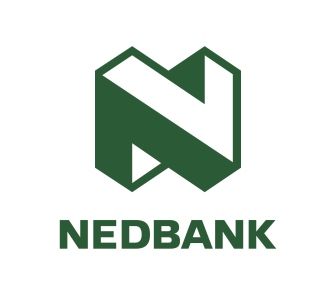By Chipo Mushwana, Divisional Executive of Emerging Payments at Nedbank
The payments industry is facing considerable change largely because of factors such as digitalization, the increasing prevalence of omnichannel customer experiences, and the ongoing shift from owning assets to the sharing economy.

A payment revolution is underway, but although it is powered by technology, this isn’t a technology revolution at all. Instead, it is about people and their requirements. Now, more than ever, the success of any new payment innovation depends entirely on the quality of the user experience.
The most prominent example of new ways to pay remains PayPal, arguably one of the first examples of fintech (which has now become an official word in the Oxford English Dictionary). Chip-and-PIN and contactless payments (tap and go) are other ready examples, but there are many more, including Apple, Samsung and Google Pay. Venmo is big in the United States, allowing easy bill splitting, and the rapid exchange of funds between individuals.
Karri, a local application, lets harassed parents make on-the-fly payments for school projects, excursions and the like.
What all these payment innovators have in common is that they solve a well-defined problem for their users in a way that makes financial sense and is, above all, secure, easy and quick to use.
This is the crux of payments innovation. It isn’t about being “smart” or “technologically impressive”, it is about delivering new levels of convenience. A key success factor is ease of use, driven by the increasing consumerisation of technology—hardware and software so intuitive to use that manuals are the exception rather than the rule.
A new generation of customers
There’s another factor behind the rapid rise of fintech innovation in general, and payments in particular: a new generation of customers.
The older generations find it fascinating that one-third of Gen-Z consumers (born in the 1990s to 2000s) want to share their payments on social media. Less surprising then, is that only 3% of Baby Boomers would feel comfortable with what is being called social commerce. In other words, digital natives do things very differently. They expect immediacy, and accept that much of life takes place on digital platforms. Gen-Z consumers demand personalised, highly relevant experiences.
For these consumers, online banking and then banking apps are not seen as innovative; they are taken for granted. In addition, they want digital tools that manage payments, bills, expenses and personal finance. The expectation is that banking tools such as the wallet is no longer passive: it must do the thinking.
Immediacy remains a deal-breaker. Many might remember a time when payments took days or even weeks to clear. That’s out of the question today. Real-time payments, instant settlement and clearing are the name of the game.
And while Boomers and their elders may well regard aspects of this revolution (such as social commerce) with suspicion, they are quick to adopt the aspects they like. That includes great user experiences and, most certainly, immediacy.
Social commerce is in itself fascinating. It is why companies like Facebook and Google are moving into the payments space, leveraging their information stores to create new ways of transacting. There’s a related concept, too: open banking. Banks traditionally held customer information as sacred; now, as in the European Union, banks are increasingly required to share information with third parties seeking to create innovative new services, further driving transacting convenience and ease to solve problems and integrate into consumers daily lives.
Creating ecosystems to solve customer challenges
All of this means that our definition of a bank is changing. Once seen as impenetrable fortresses, banks are joining ecosystems to produce solutions that consumers want. Nedbank is actively working to develop these ecosystems so that we can create solutions that speak to what the various sectors of the South African market needs. One drive is to create interfaces between our Payments Division and the rest of the bank, as well as external partners.

Having the right ecosystem partners will be critical in this world of customer-centric payments. Technology and innovation in general will continue to be vital, but the real focus must always be the needs of the customer.
One can see this dynamic playing out in the key current challenge we face of the persistently large number of unbanked South Africans, who have thus no way to make payments safely, cheaply and conveniently.
This is clearly not a technology issue, because the technology exists — at base, problem is that the solutions offered still do not fully integrate with how these individuals live their lives. The answer will come from those banks and their ecosystems that can understand truly what these potential customers want — and then produce working solutions which are so easy to use and apt that customers embrace them.
https://www.nedbank.co.za/



